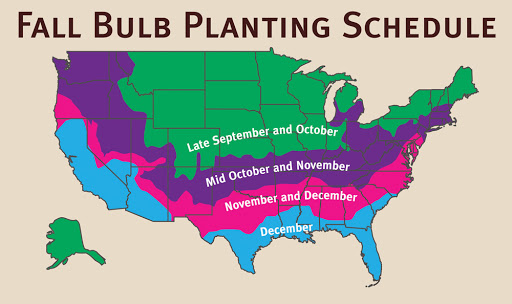Through the years I've tried just about everyone for bulbs but A.D.R. is tops. It's a family run business and the service levels and expertise are as good as the product they sell. My clients rave about the results we get with A.D.R. and that makes me happy.
Paul Keyes
, Paul Keyes Associates
« Previous Plant | Next Plant »
Tulipa Lily Flowering 'Elegant Lady'
Tulip
Elegant Lady is a lily-flowered tulip with creamy yellow petals that gradually develop a soft pink flush as they mature. Blooming in late spring, it reaches 16 to 24 inches tall and thrives in full sun. Introduced in 1953.
Tulipa Calculator
When should I plant Tulipa Lily Flowering 'Elegant Lady'?

Growing and Maintenance Tips for Tulipa Lily Flowering 'Elegant Lady'
Planting: Plant in fall when soil temperatures drop below 55°F. Set bulbs 6–8 inches deep with the pointed end facing up. Lily-flowered tulips thrive in locations with some wind protection to preserve their tall, slender forms.
Spacing: Space bulbs 4–6 inches apart. Cluster 10 or more together for dramatic impact—their tapered blooms and elegant silhouette are especially striking en masse.
Light: Full sun encourages upright growth and clean flower form. While tolerant of light shade, blooms may elongate or bend without sufficient light.
Soil: Well-drained, neutral to slightly acidic soil (pH 6–7) is ideal. Avoid soggy areas, which can compromise stem strength and bulb health.
Watering: Water after planting to settle the soil. During spring growth, irrigate only during prolonged dry periods—excess moisture can weaken stems and flowers.
Temperature & Dormancy: Requires 12–16 weeks of cold (below 50°F) to establish strong roots and prepare for bloom.
Fertilization: Apply a balanced bulb fertilizer at planting and again in spring as foliage emerges to support tall stems and consistent bloom quality.
Pests: Low-maintenance, but protection is advised. Squirrels can be deterred with mulch or mesh. Deer will eat buds and emerging foliage—especially in early spring—so apply repellents or install fencing in vulnerable areas.
Disease: To prevent Botrytis (Tulip Fire), use only healthy bulbs and plant in sunny, well-aerated spots. Avoid overhead watering. Remove and destroy any infected foliage—never compost it. Rotate sites annually and do not replant in affected locations for at least three years.





Check back soon for additional details.